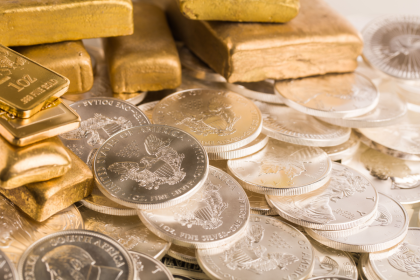A New Stage for Innovation
At MIT’s new Edward and Joyce Linde Music Building, music and technology merged during “FUTURE PHASES,” an evening of works for string orchestra and electronics. The event, part of the 2025 International Computer Music Conference (ICMC), featured premieres by MIT faculty and international composers, performed by Boston’s Grammy-nominated chamber orchestra A Far Cry. Held in the Thomas Tull Concert Hall, the concert highlighted MIT’s growing leadership in music technology and computation.
Premiering New Works
The program included two major MIT premieres: “EV6,” a collaboration between Evan Ziporyn and Eran Egozy, and “FLOW Symphony” by Tod Machover. These were joined by three jury-selected pieces from an open call: Ali Balighi’s “The Wind Will Carry Us Away,” Celeste Betancur Gutiérrez and Luna Valentin’s “A Blank Page,” and Peter Lane’s “Coastal Portrait: Cycles and Thresholds.” The variety of styles showcased the expanding possibilities when traditional instrumentation meets electronic innovation.
Blending Audience and Orchestra
Egozy’s “EV6” stood out by transforming the audience into participants. Using smartphones connected to Tutti, a system he co-developed, attendees played musical lines as if part of the orchestra. “We wanted people to feel what it’s like to perform together,” Egozy explained. The experience created a layered soundscape where cellphones and strings fused in real time — a world-first pairing that blurred the line between performer and listener.
Technology in the Concert Hall
The Thomas Tull Concert Hall amplified the impact with 24 built-in speakers delivering immersive surround sound. This technology allowed audiences to hear shifting layers of electronic and acoustic textures from every angle. Other innovations during the evening included real-time signal processing, AI-assisted sound playback, generative notation, and even turning mobile devices into instruments. Each piece pushed the boundaries of what live performance can mean in a digital age.
Extending Research Beyond the Stage
Following the concert, MIT students demonstrated projects ranging from AI-assisted music creation to rhythm-learning apps. Highlights included a drum machine that works on any surface, tools for analyzing piano performance data, and Senegroove, an edX-ready application for teaching traditional Senegalese rhythms. These projects reflect the program’s mission to link research, performance, and pedagogy.
Looking Forward
For Egozy, director of MIT’s Music Technology and Computation Graduate Program, “FUTURE PHASES” marked a turning point: “This is about building a space where music and technology can evolve together.” The success of the event, he noted, underscored MIT’s commitment to pioneering new models for artistic and technological collaboration. As MIT expands its faculty and facilities, it aims to position music technology as a cornerstone of its creative and scientific identity.






